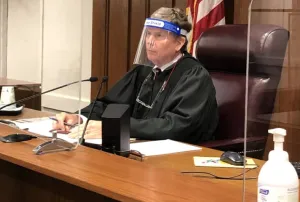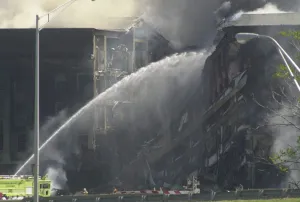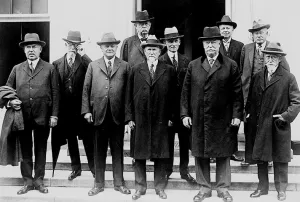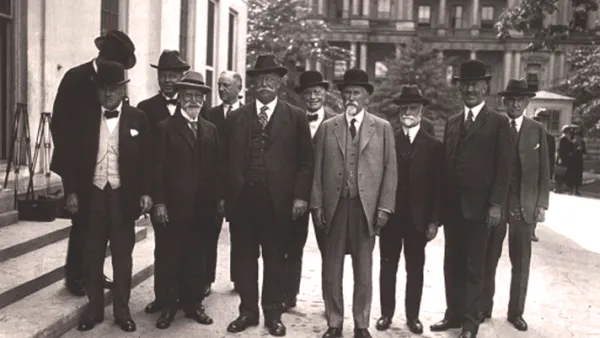Learn about how the Judiciary’s national policy-making body has grappled with many issues over the last century, including rising court caseloads and limited resources, natural disasters, public-health crises, and the safety of the Judiciary and the public.
Historical Timeline
View a timeline of Judicial Conference milestones throughout the last century.





